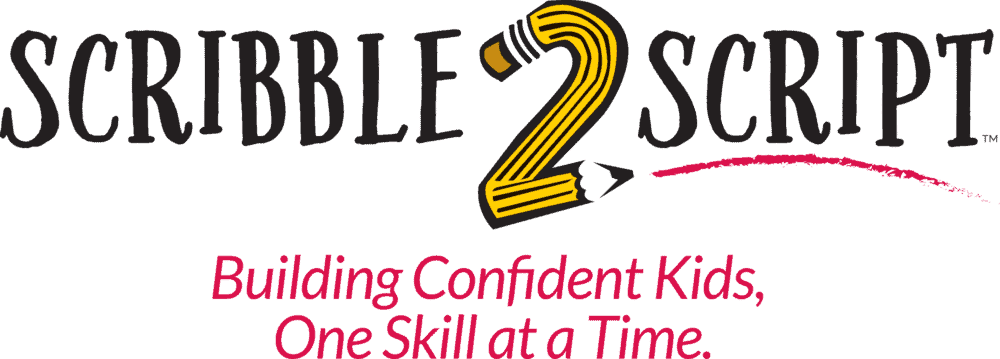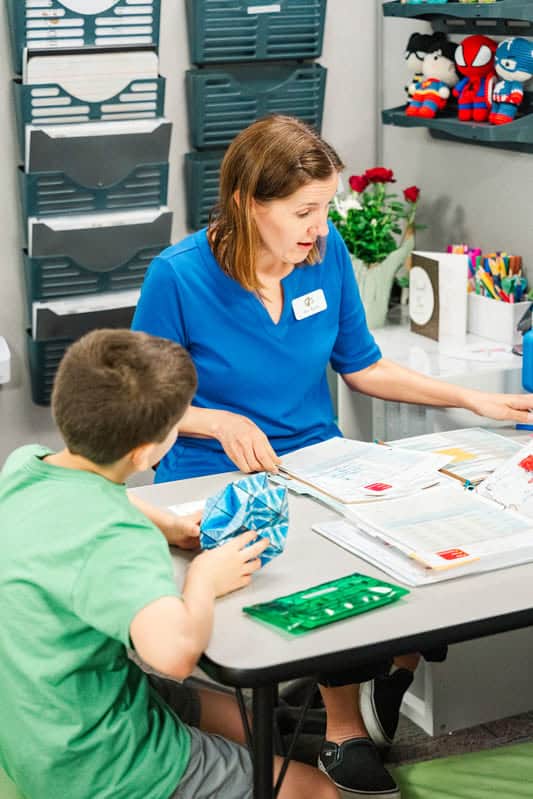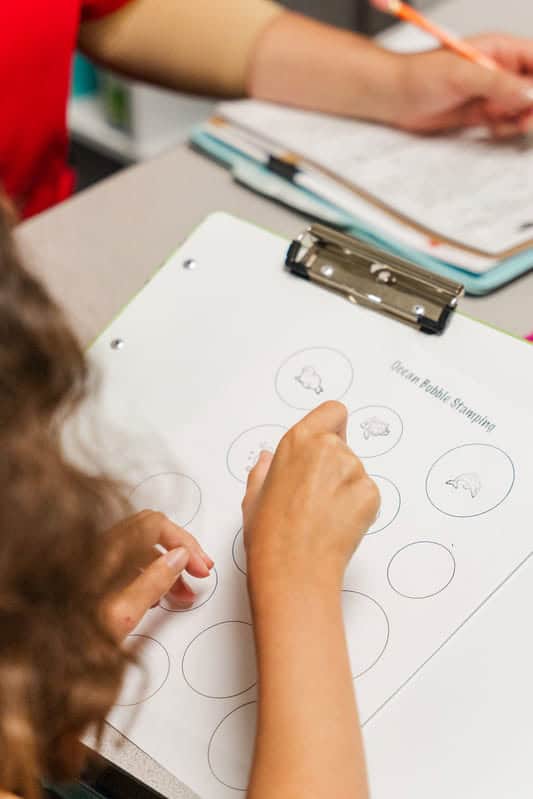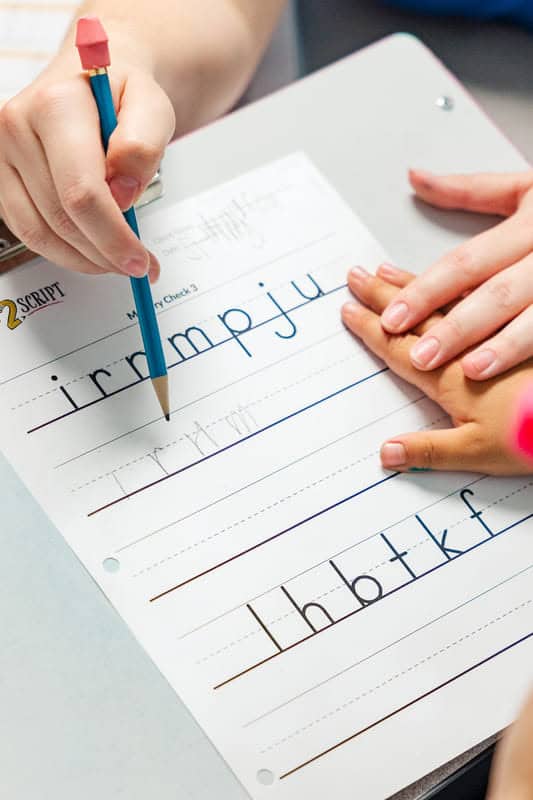Many parents assume that if their child has 20/20 vision, their eyesight is perfect. However, vision is about more than just clarity—it’s also about how the eyes work together to track, focus, and process information. Even if a child sees clearly, difficulties with visual tracking, convergence, and visual motor integration can make handwriting and learning incredibly challenging.
In this blog, we’ll explore how vision problems can impact handwriting, common signs to look for, and strategies to support your child’s success.
Common Vision Challenges That Affect Handwriting
Writing requires precise eye movements, coordination, and focus. If a child struggles with visual processing, it can make handwriting frustrating and tiring. Here are some of the most common vision-related challenges:
1. Eye Tracking Issues
- Signs: Skipping words or lines while reading or writing, losing place on the page, difficulty copying from the board.
- Why It Matters: Eye tracking refers to the ability to move the eyes smoothly across a line of text. If tracking is inefficient, writing in a straight line and spacing words properly can become difficult.
2. Poor Convergence (Eye Teaming Problems)
- Signs: Complaints of double vision, headaches after writing, words appearing to move on the page.
- Why It Matters: Convergence is the ability of both eyes to work together to focus on a single point. If the eyes don’t team well, near work (like handwriting) can cause strain and fatigue.
3. Weak Visual Motor Integration
- Signs: Inconsistent letter size and spacing, difficulty forming letters correctly, slow and laborious writing.
- Why It Matters: Visual motor integration is the ability to coordinate vision with hand movements. If a child struggles with this skill, their handwriting may appear sloppy, unorganized, or difficult to read.
4. Difficulty with Visual Memory
- Signs: Trouble remembering how letters look, mixing up similar-looking letters (b/d, p/q), forgetting spelling patterns.
- Why It Matters: Visual memory allows children to recall and reproduce letters correctly. If a child struggles with this, they may take longer to write or frequently forget letter formations.
Signs Your Child May Have a Vision Problem
If your child exhibits any of the following signs, vision challenges could be affecting their handwriting:
- Frequently reversing letters or mixing up shapes.
- Struggles with spacing, alignment, or letter size.
- Complains of headaches, blurry vision, or eye strain after writing.
- Rubs eyes or squints while doing near work.
- Skips words or loses place while reading or copying text.
How to Help Improve Vision & Handwriting
If vision challenges are affecting your child’s ability to write, here are some strategies to support them:
1. Vision Exercises & Eye Tracking Activities
- Try pencil push-ups (moving a pencil closer and farther while focusing on the tip).
- Use maze activities, dot-to-dot puzzles, and tracing worksheets to improve tracking.
- Play games that involve following moving objects, such as rolling a ball back and forth.
2. Adjust Writing Environment
- Ensure good lighting and minimize glare on paper.
- Use a slant board or raised surface to improve writing posture.
- Position paper at an optimal angle to reduce visual strain.
3. Incorporate Multisensory Handwriting Strategies
- Try textured writing surfaces like sandpaper or gel boards.
- Use colored guidelines to help with spacing and alignment.
- Encourage big arm movements (writing in the air or on a whiteboard) before fine motor writing.
4. Provide Structured Visual Support
- Use highlighted paper, bold lines, or graph paper to assist with alignment.
- Offer visual cues such as letter boxes or pre-drawn start points to guide handwriting.
Vision problems can often go unnoticed but can have a significant impact on a child’s handwriting, reading, and overall learning experience. If your child is struggling with handwriting despite practicing, it may be worth exploring how their visual skills affect their performance. At Scribble 2 Script, we provide targeted strategies to help children overcome visual challenges and develop strong handwriting skills—and so much more. Contact us today to learn how we can support your child’s success!






